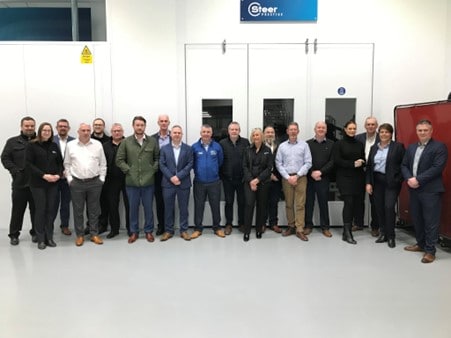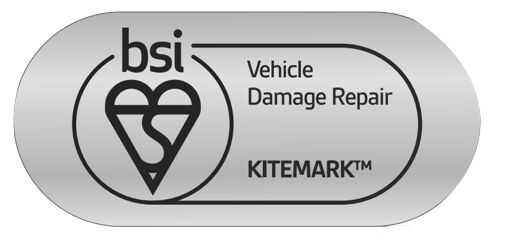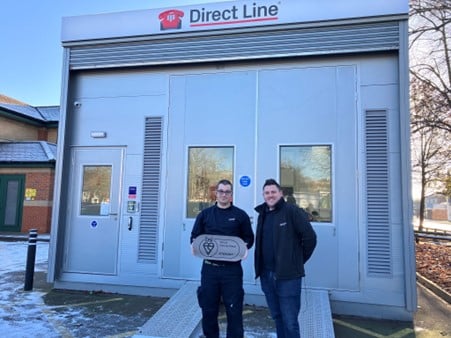Transitioning to BS 10125: 2022, how to gain advantage using Kitemark
21 March 2023
Dean Markwell, Automotive Technical Delivery Manager
The automotive industry is constantly evolving, and with new technologies emerging, it's essential for businesses to stay up-to-date with the latest standards and certifications. In the case of vehicle damage repair, the British Standard BS 10125 sets the benchmark for quality repairs. With the release of BS 10125:2022, businesses certified to the prior standard (BS 10125:2014+A1:2016) need to transition to ensure they remain compliant and maintain high-quality service. In this blog, we'll explore the transition process and how the BSI Kitemark for Vehicle Damage Repair can help businesses differentiate themselves in the marketplace.

A BSI Kitemark for Vehicle Damage Repair working group, kindly hosted by Steer Automotive.
Why transition from BS 10125:2014+A1:2016 to BS 10125:2022?
The new BS 10125:2022 standard is an updated version of the previous standard, BS 10125:2014+A1:2016, with new requirements that reflect changes in the automotive industry. Coming into force on 1st April 2023, the latest standard is designed to improve the quality of repairs and ensure customer safety. Businesses need to transition to the new standard to ensure they remain compliant and continue to provide the highest level of service to their customers.
The major changes in BS 10125:2022 include:
- New requirements for repair preparation and reinstatement of vehicle systems
- Significant changes and clarification regarding proof of competence options
- Clarification of competence and supervision requirements for apprentices/trainees
- Update on requirements for reclaimed parts and alignment with relevant standards
- Clarification of sub-contractor agreement requirements when using OEM franchised dealers
- Clarification of repair process management requirements including records to be retained
- Amendments to claim of conformance requirements
- Other amendments and updates throughout, including improved and updated technical clarification for managing EVs (electric vehicles), ADAS (advanced driver-assistance systems) and other technology advances in repair throughout the standard
- Revised requirements in the event that there is an absence of relevant manufacturer repair methods





